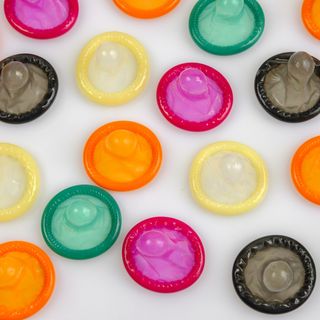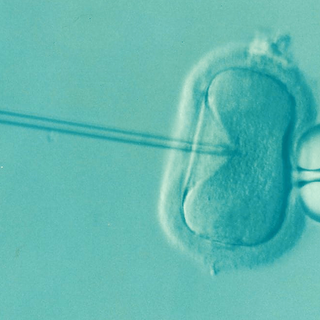Breast milk is necessary for a baby at any age. For a premature baby–born before 38 weeks –it becomes even more essential because the antibodies and growth enzymes in it not only help the baby grow but also fight infections that they may be more prone to as they’ve had less time to develop in the womb. So, whether it’s a late preemie—born before 36-37 weeks, or micro preemie—born before 26 weeks—breastfeeding them will help.
How breast milk helps premature babies
Apart from the general advantages of breastfeeding, with more than a 100 enzymes present in breast milk, even a small quantity of it is very beneficial, especially for babies born before their normal term.
As compared to formula milk, breast milk is easier to digest. Therefore, with their gut still delicate and underdeveloped, it is always a better option.
It is also known that if breastfed, the heart and oxygen rate of premature babies will improve as compared to feeding with a bottle. It has also been observed that premature babies who are breastfed get discharged at least two weeks earlier as compared to formula-fed preemies.
Related on The Swaddle:
Will I produce breast milk if I have a premature delivery?
It is a known fact that milk production begins mid-pregnancy. So whether you have a preemie or a full-term baby, you will produce breast milk.
Post delivery, both in a normal or in a premature one, the de-attachment of the placenta will result in a drop of the pregnancy hormone called progesterone, allowing the body to produce the early milk—colostrum, also known as superfood for a newborn as it contains antibodies and keeps germs from causing illnesses.
The only trouble with breastfeeding a premature baby could be milk stimulation. Normally, it is from the latching on of the baby to the nipple that helps stimulate milk in the breasts that causes a let down effect–a reflex that occurs in response to your baby sucking at the breast.
?However, in case of a premature baby, it may not be possible because their muscles are underdeveloped and latching on may be difficult, causing trouble with the suckle-swallow-breather pattern.
In such situations external stimulation or pumping may help you initiate a response.
Related on The Swaddle:
External feeding methods for premature babies
If your preemie can’t breastfeed, a feeding tube may be used as a supplemental method to help assist in feeding expressed breast milk. In this method, milk is delivered at the breast with the help of a small tube attached to a bottle of milk; your baby can suck on your nipple and the tube together, feeding at the breast if not fully from it. Medela’s Supplementary Nursing System (SNS) is the best example for this type of nursing device.
Very often finger feeding itself is used as a method to feed preemies. A dropper may be used on the little finger to supply milk and the finger is placed into the baby’s mouth.
Other methods include using a syringe (without the needle) to feed, or soaking a cottonball in milk and feeding.
For micro-preemies, milk fortifiers may be added to the expressed milk to increase the calcium and protein intake of the baby.
How kangaroo care helps in breastfeeding premature babies
Kangaroo care is when the baby is placed skin-to-skin on the parents’ bare body, usually the chest. This practice is propagated in any form of delivery as it helps enhance the bonding between the babies and their parents, but holds utmost importance for preemies.
It helps calm the baby, regulate its heart rate and breathing, helps with warming the baby, promotes weight gain and is associated with better health outcomes.
For the mother, kangaroo care increases prolactin–a hormone that enables milk production–levels and helps maintain the milk supply, which in turn helps the baby grow. If initiated 30-60 minutes before feeding, it results in better feeding outcomes and higher feeding success rates. It can also help mothers fight postnatal depression.




